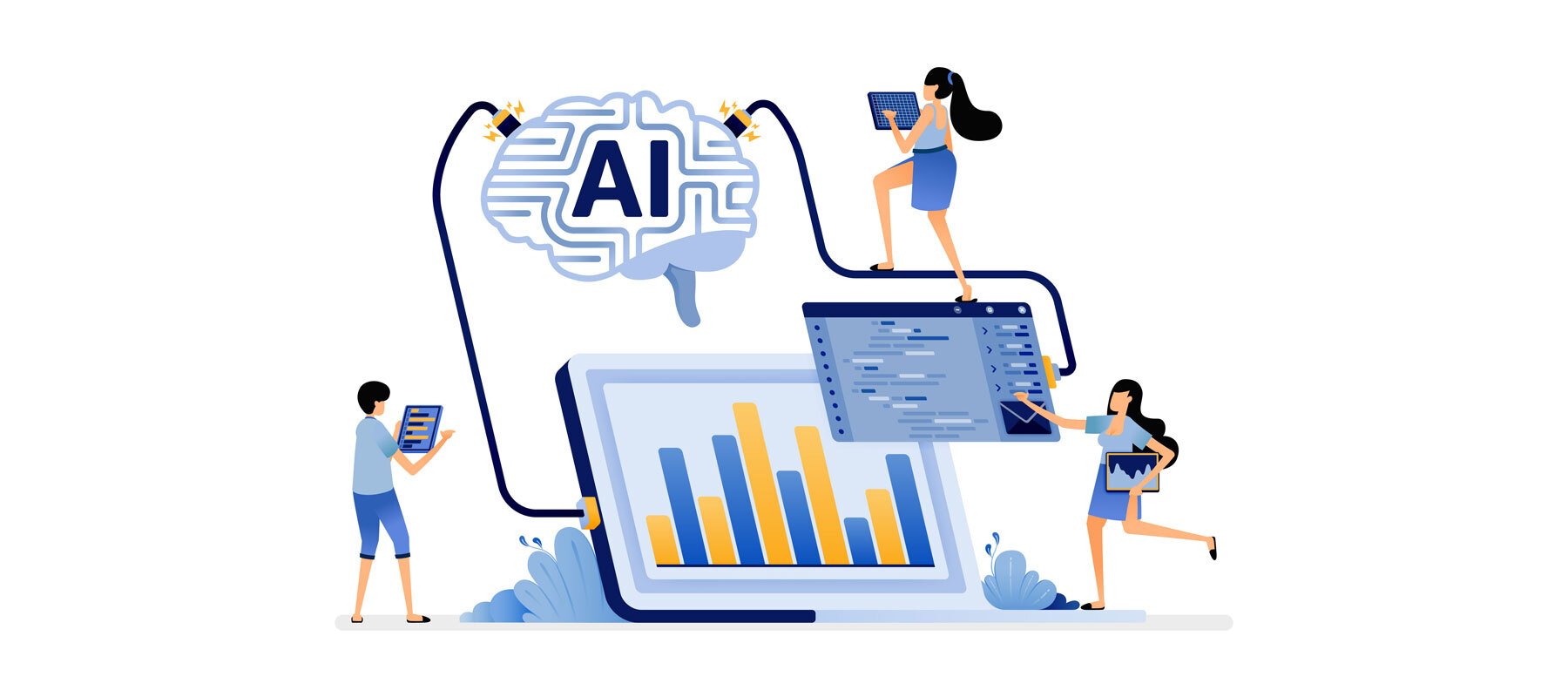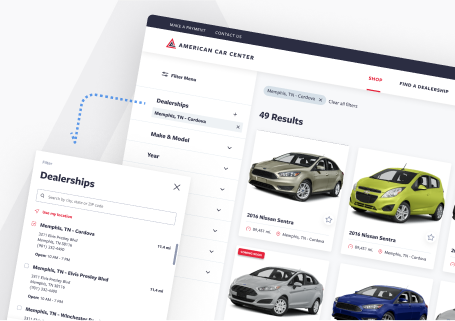Artificial Intelligence (AI) is revolutionizing industries worldwide, and User Experience (UX) design is no exception. As technology evolves, UX designers are exploring the potential of AI to create more intuitive and personalized experiences that adapt to users' preferences and behaviors. In this comprehensive blog post, we delve into the following:
- The ways AI is shaping UX design
- The benefits AI brings to UX design
- The challenges it presents
- Best practices for integrating AI into UX design
- Real-world examples of AI-driven UX design
AI in UX Design: Key Applications
AI has become an essential tool for UX designers, enabling them to analyze vast amounts of data and make informed design decisions. Some of the critical applications of AI in UX design include:
-
Personalization: AI allows designers to create personalized experiences tailored to individual users, enhancing user satisfaction and engagement. AI algorithms can dynamically adapt content, layouts, and recommendations by analyzing user behavior, preferences, and interactions to cater to each user's unique needs.
-
Predictive Analytics: AI helps designers make proactive design choices and optimize the user experience by anticipating user needs and preferences. Predictive analytics can identify trends and patterns in user behavior, enabling designers to create more compelling user flows, navigation structures, and content strategies.
-
Chatbots and Voice Assistants: AI-powered conversational interfaces provide users a more natural and intuitive way to interact with products and services. By understanding and processing natural language, these interfaces can offer personalized assistance, answer questions, and guide users through complex tasks, improving user satisfaction and reducing friction.
-
Automatic Layout and Content Generation: AI assists in creating and organizing content and designing layouts, ensuring consistency across various channels. By analyzing user data and content requirements, AI can generate layout templates, automatically organize content, and suggest relevant topics or media, streamlining the design process and improving efficiency.
-
Accessibility and Inclusivity: AI can analyze and adapt designs to meet the needs of users with disabilities, ensuring that digital products are accessible to a diverse audience. For example, AI algorithms can analyze color contrasts, font sizes, and other design elements to ensure compliance with accessibility standards and recommend adjustments when necessary.
-
User Segmentation: AI can help designers identify distinct user groups based on behavior and preferences, allowing for targeted and relevant design improvements. By segmenting users into groups with similar characteristics, designers can create tailored experiences that resonate with each group, leading to higher engagement and satisfaction.
Benefits of AI-Driven UX Design
AI has the potential to revolutionize UX design, offering numerous benefits:
-
Enhanced User Experiences: AI enables designers to create highly intuitive and personalized experiences catering to users' needs. By leveraging AI algorithms to analyze user behavior and preferences, designers can create tailored experiences that adapt to each user's unique context, resulting in a more satisfying and engaging user experience.
-
Improved Decision-Making: AI provides data-driven insights for informed design decisions, reducing the risk of costly mistakes. With AI-powered analytics, designers can identify trends, patterns, and areas of improvement, allowing them to make more strategic design choices and optimize the user experience.
-
Streamlined Workflows: AI-driven tools automate repetitive tasks, freeing up designers to focus on more strategic aspects of their work. Designers can save time and resources by automating tasks such as content organization, layout generation, and user segmentation, increasing efficiency and productivity.
-
Faster Time-to-Market: AI-powered analytics and automation allow designers to rapidly iterate on designs and bring new products to market faster. By reducing the time spent on manual tasks and analysis, designers can more quickly refine and launch their products, staying ahead of the competition and responding to evolving user needs.







